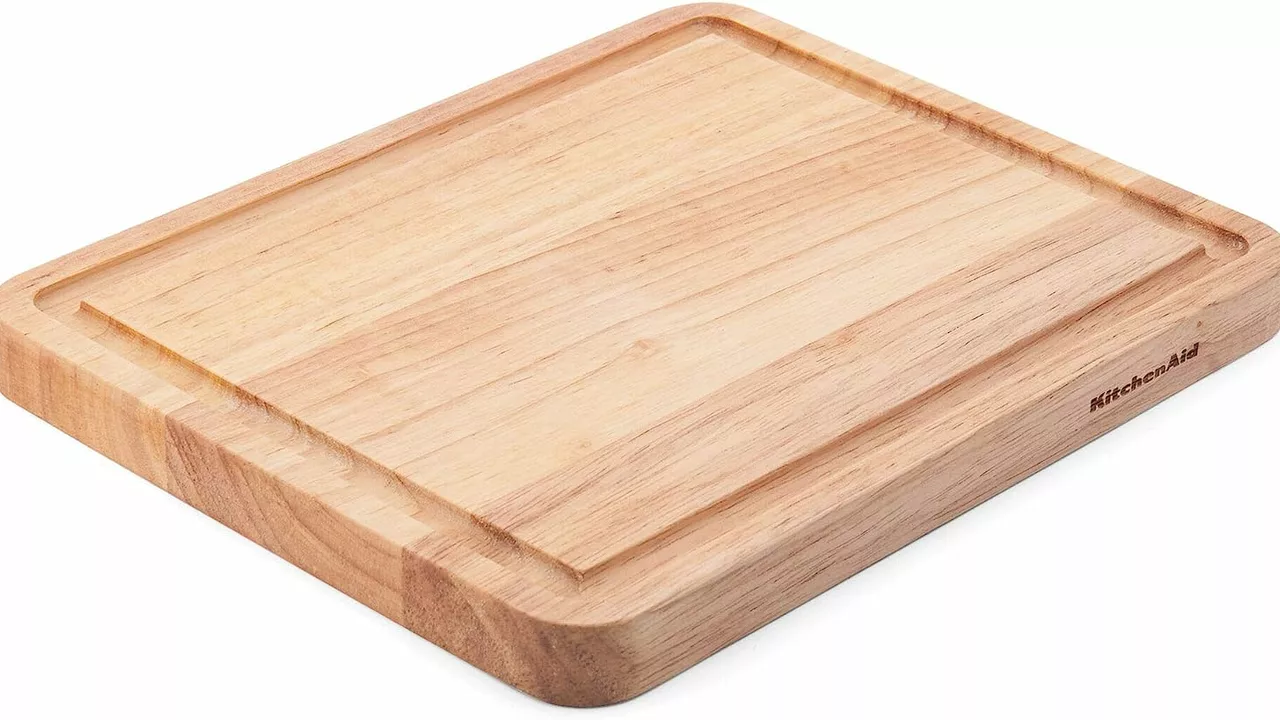Understanding Rubberwood
Before we delve into the topic of whether rubberwood is good as a chopping board, we first need to understand what rubberwood is. Rubberwood is a light-colored medium-density tropical hardwood obtained from the Pará rubber tree (Hevea brasiliensis), usually from trees grown in rubber plantations. It is not the same as the rubber we know and use every day. Instead, it is a type of wood that comes from the rubber tree.
The rubber tree is a sustainable wood source in that it is a byproduct of the latex production industry. When these rubber trees no longer produce latex, they are often used to make furniture and other wooden products, including chopping boards. This makes rubberwood an eco-friendly choice.
The Advantages of Rubberwood Chopping Boards
There are several advantages of using rubberwood for your chopping board. For starters, rubberwood is known for its strength and durability. It's not as hard as some other types of wood, but it's tough enough to withstand the rigors of kitchen use. This means it can take the repeated blows of a knife without easily cracking or splitting.
Another advantage of rubberwood is that it has a smooth surface. This is important for a chopping board because a smooth surface means less chance of bacteria and food particles getting lodged into the wood. Rubberwood is also relatively easy to clean and maintain, which is a bonus in any kitchen.
The Downside of Rubberwood Chopping Boards
While rubberwood has many advantages, there are a few downsides to consider. One of the main disadvantages is that rubberwood is not as resistant to water as some other types of wood. This means that if you leave your rubberwood chopping board in water for an extended period, it could warp or crack.
Another potential downside is that rubberwood can be a bit more prone to knife marks than harder woods. Over time, these marks can become noticeable and may affect the appearance of your chopping board. However, this is a common issue with all types of wooden chopping boards and not unique to rubberwood.
Cost Comparison: Rubberwood vs Other Woods
When it comes to cost, rubberwood is often more affordable than other types of wood. This is because rubberwood is a byproduct of the latex industry, so it's more readily available and less expensive to produce. This makes rubberwood chopping boards a cost-effective choice for many people.
Of course, the cost can vary depending on the size, thickness, and quality of the chopping board. But in general, you can expect to pay less for a rubberwood chopping board than you would for one made of maple or walnut.
How to Care for Your Rubberwood Chopping Board
Proper care and maintenance are crucial to prolong the life of your rubberwood chopping board. One of the most important things to remember is to never leave it soaking in water. After washing, make sure to dry it thoroughly. You can also occasionally oil your chopping board to keep it from drying out.
It's also a good idea to avoid using harsh chemicals or abrasive cleaners on your rubberwood chopping board. Instead, a mild soap and warm water are usually sufficient for cleaning. If you need to sanitize the board, you can use a solution of vinegar and water.
Is Rubberwood Safe for Food Preparation?
One concern some people may have is whether rubberwood is safe for food preparation. The good news is that rubberwood is indeed safe for this purpose. It's a non-toxic wood, so you don't have to worry about harmful substances leaching into your food.
However, as with any chopping board, it's important to keep it clean and properly maintained to avoid the risk of foodborne illness. This means washing it after each use and sanitizing it regularly.
Final Verdict: Is Rubberwood Good as a Chopping Board?
In conclusion, rubberwood can make an excellent chopping board. It's strong, durable, easy to clean, and more affordable than many other types of wood. Plus, it's a sustainable and eco-friendly choice.
However, it's not perfect. It's not as water-resistant as some other woods, and it can show knife marks over time. But with proper care and maintenance, a rubberwood chopping board can serve you well in the kitchen for many years.
